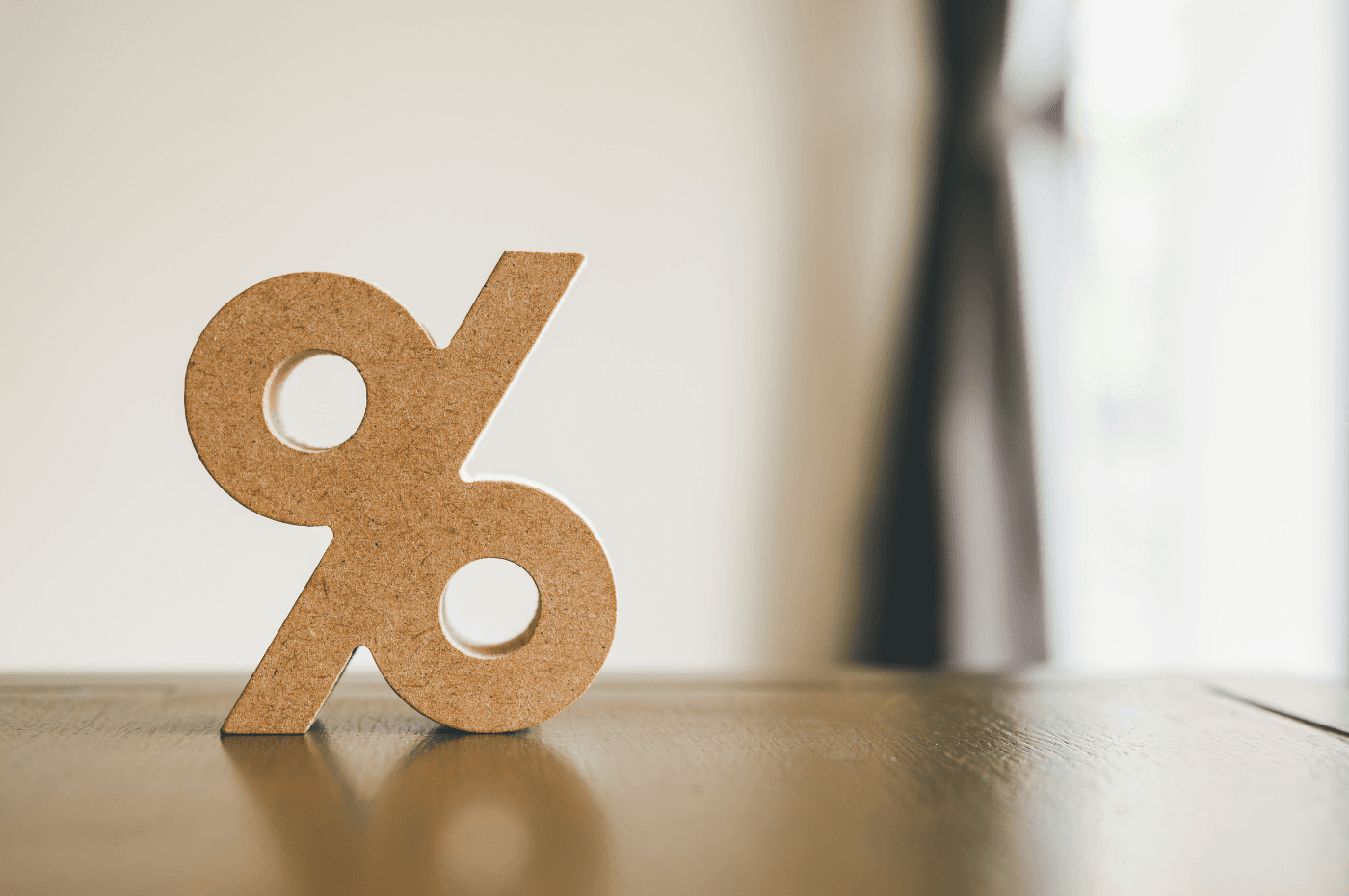Are you thinking about buying a home soon? While purchasing a property is an exciting step, it’s completely normal to have some concerns, especially when it comes to your finances.
You might be wondering whether you can afford a home and how much you’ll be able to borrow. If you find that the amount you’re eligible to borrow falls short of your expectations, don’t worry; there are always ways to increase your borrowing capacity.
Let’s take a closer look at some options that could help.
What is your borrowing capacity?
In simple terms, your borrowing capacity is the maximum amount you can borrow for your mortgage. It’s determined by factors like your income, monthly expenses and debt-to-income ratio.
When you’re looking to buy a property and apply for a mortgage, one of the first steps is understanding your borrowing capacity. The sooner you know this, the better equipped you’ll be to make informed decisions about your property search and budget.

Borrowing capacity: what are the determining factors?
Your borrowing capacity is determined by a thorough assessment of several key factors. Here’s a breakdown of the main elements that impact how much you can borrow when purchasing a property.
1. Your income: your income is one of the most important factors in determining your borrowing capacity. The higher and more stable your income, the greater your potential to borrow.
2. Your credit history: your credit score and payment history are essential in the mortgage approval process. A strong credit history indicates the lenders that you’re a reliable borrower, making it more likely they’ll offer you a loan at favourable terms.
3. Your down payment, interest rate, and loan amortization period: these three factors directly affect your monthly mortgage payments. A larger down payment reduces the amount you need to borrow, while a lower interest rate or longer loan term can make monthly payments more manageable, thus increasing your borrowing capacity.
4. Your debt-to-income ratio: lenders also consider your existing debt obligations when calculating how much you can borrow. The more debt you have, the lower your borrowing capacity will be. When assessing your application and evaluating your ability to repay a mortgage, lenders use two key ratios:
- Gross Debt Service (GDS): This ratio measures how much of your income goes towards housing costs (mortgage payments, property taxes, utilities, etc.). Ideally, your GDS ratio should fall between 32% and 39% of your gross income.
- Total Debt Service (TDS): This ratio includes both housing expenses and other ongoing debt payments (credit cards, car loans, etc.). Generally, your TDS ratio should not exceed 44% of your gross income.
Using these factors, your bank will assess your financial profile and calculate the maximum mortgage amount you can afford based on the GDS and TDS ratios. This amount represents your borrowing capacity; the most you bank is willing to lend you for a mortgage.
Mortgage loan simulation: how much can I borrow?
Are you looking to buy a property and wondering how much you can afford? With our simple borrowing capacity calculator, you can easily simulate how much you could borrow based on your financial situation.
In just a few steps, you’ll get an estimate of the mortgage you can afford, helping you make informed decisions about the type of property within your budget.
How to increase your borrowing capacity?
Not happy with the result of your borrowing capacity calculation? Don’t worry; there are several ways to boost your purchasing power and increase your real estate budget. Let’s explore some options to help you borrow more and get closer to the property you want.

-
Lowering your debt-to-income ratio
When the bank reviews your application, your debt-to-income ratio plays a key role in determining your borrowing capacity. The less debt you have, the more you can potentially borrow. On the other hand, the more debt your carry, the lower your borrowing power.
In practice, the bank calculates the percentage of your income that goes toward repaying debts each month. By lowering your debt-to-income ratio, you reduce your monthly obligations, freeing up more of your income.
Additionally, reducing your debt-to-income ratio can positively impact your credit file, and together, these improvements directly boost your borrowing capacity.
-
Reducing your expenses
Cutting back on your expenses can significantly improve your financial profile in the eyes of the bank, reducing the risk associated with your mortgage application. When assessing your borrowing capacity, the bank looks at your disposable income, the amount left after covering expenses like rent, living costs, and debt repayments.
By lowering your expenses, you increase the amount of money available at the end of each month. This signals to the bank that you can save more, demonstrating strong financial habits and effective money management. As a result, your reduced expenses can work in your favours, boosting your borrowing capacity.
-
Improving your credit file
A strong credit file is a key asset when applying for a mortgage. Banks rely heavily on your credit history to assess your reliability as a borrower.
If your credit file is in good shape, you’ll be in a better position to negotiate favourable terms, such as lower interest rates. A lower interest rate translates to lower monthly mortgage payments, which increases your borrowing capacity.

-
Saving for a larger down payment
Putting down a larger down payment can significantly boost your borrowing capacity. By increasing the amount you pay upfront, you reduce the total loan amount and lower your monthly payments.
Not only does this make your mortgage more affordable over time, but it also strengthens your profile in the eyes of the bank. Indeed, a larger down payment shows financial disciplines and reduces the lender’s risk, which can improve your chances of securing a larger loan with better terms. It’s definitely an option worth considering.
-
Extending your amortization period
The amortization period of your mortgage plays a significant role in determining your borrowing capacity. Choosing a longer repayment term, such as 25 years instead of 20 years, can reduce your monthly mortgage payments, allowing you to borrow more.
However, it’s important to keep in mind that while a longer amortization period lowers your monthly payments, it may also result in higher total interest costs over the life of the loan. Be sure to weigh the pros and cons of extending your amortization period before making a decision.
Re-evaluating your budget: buying a less expensive property
If you’ve already made adjustments to your finances but still find that your borrowing capacity falls short, it may be time to reconsider your original budget for a home purchase.
Choosing a less expensive home means taking out a smaller loan, which can result in lower monthly mortgage payments. This can make it easier to qualify for a mortgage with your bank and give you more financial flexibility to cover other costs associated with homeownership. It’s a practical solution that can still help you secure a home while keeping your finances in balance.
Are you looking to secure a mortgage loan?
XpertSource.com can help you in your efforts to find a mortgage broker. By telling us about your project, we will refer you to top-rated experts, free of charge! Simply fill out the form (it only takes 2 minutes) and you will be put in contact with the right experts.





